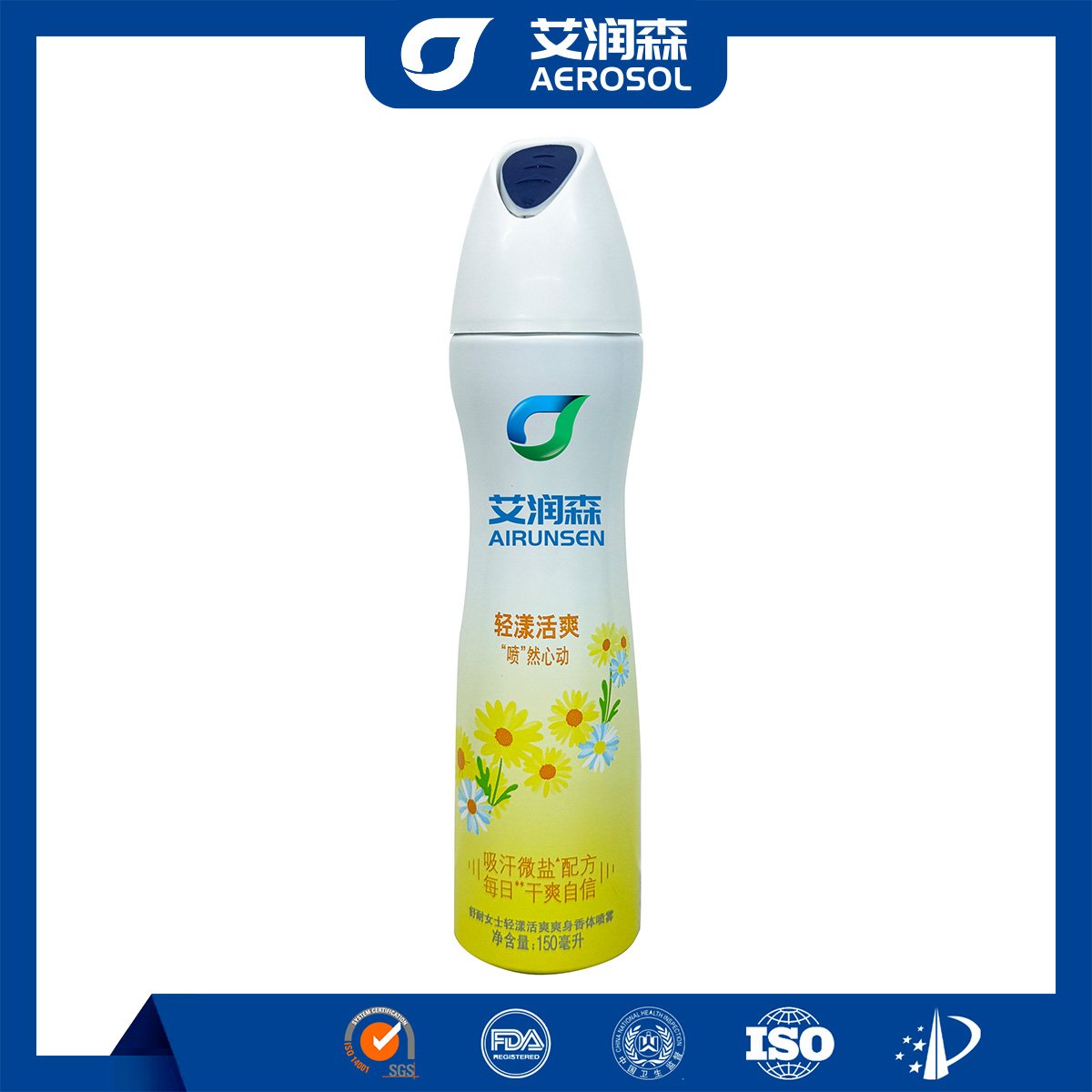- Components
- Resin: It is the main film-forming substance, such as acrylic resin, alkyd resin or polyurethane resin, which determines the basic performance of the paint film like adhesion and durability.
- Solvent: It is used to dissolve the resin and adjust the viscosity of the paint, including organic solvents like xylene and butyl acetate, helping the paint to be sprayed out evenly and facilitating construction.
- Pigment: Provides color and hiding power to the paint. It can be inorganic pigments like titanium dioxide and iron oxide red, or organic pigments with rich colors and high tinting strength.
- Additive: Includes additives such as leveling agents, anti-settling agents and anti-oxidants. Leveling agents help the paint to form a smooth surface, anti-settling agents prevent the pigment from settling, and anti-oxidants improve the aging resistance of the paint film.
- Propellant: Such as propane, butane or compressed air, which is used to push the paint out of the can when the nozzle is pressed to achieve the spraying effect.
- Functions
- Decoration: With a wide range of colors and finishes available, aerosol paint can be used to create various decorative effects, adding color and style to the surfaces of objects.
- Protection: It forms a protective film on the surface of the substrate to isolate the air, water and other corrosive substances, protecting the substrate from rust, corrosion and weathering, thus prolonging its service life.
- Marking: In some cases, aerosol paint can be used for marking purposes, such as marking lines on the ground or making signs on objects, providing clear identification and guidance.
- Advantages
- Convenience: Aerosol paint is easy to use, requiring no additional painting equipment. Just press the nozzle to spray, making it suitable for both professional and DIY applications.
- Quick Drying: It dries relatively quickly, allowing for a short waiting time between coats and speeding up the painting process. This is especially advantageous in projects where time is of the essence.
- Good Coverage: It can evenly cover the surface of the object, even in hard-to-reach areas, providing a uniform finish.
- Portability: The small size and light weight of aerosol paint cans make them easy to carry, allowing for on-site painting and touch-ups at any time.
- Application Scenarios
- DIY Projects: It is widely used in DIY handicrafts, furniture renovation and home decoration projects. For example, painting wooden handicrafts, changing the color of old furniture or decorating walls.
- Automotive Repair: It can be used for repairing small scratches and touch-ups on car bodies, as well as painting car accessories to improve their appearance.
- Construction Industry: In the construction industry, it is used for marking on building materials, painting steel structures and protecting exterior walls.
- Art Creation: Artists often use aerosol paint for graffiti, murals and other art forms to express their creativity and ideas.















